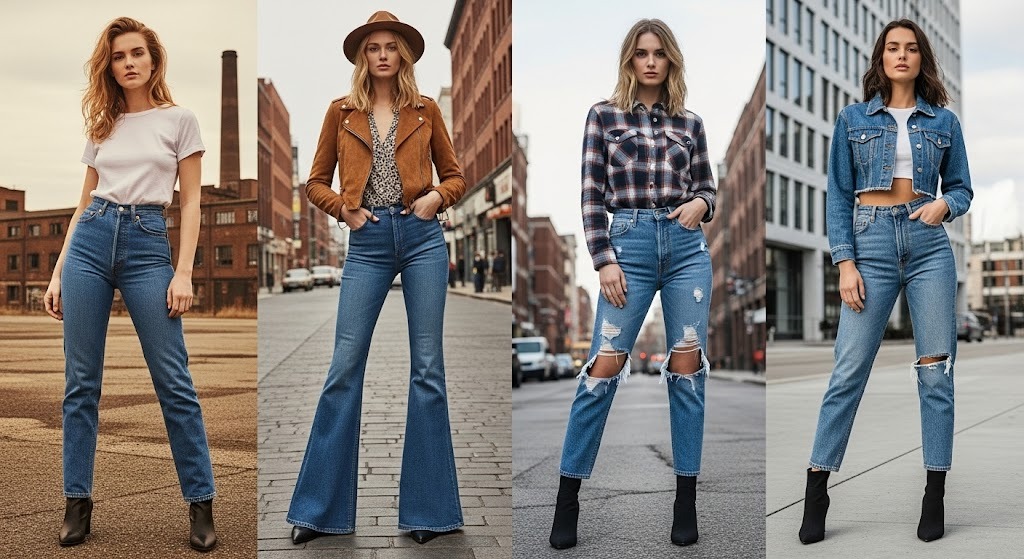Blog
The Evolution of Denim: From Workwear to Wardrobe Essential

Denim is one of the most iconic and versatile fabrics in fashion history. From its humble beginnings as rugged workwear to its current status as a global wardrobe staple, denim has undergone a fascinating evolution—shaping trends, subcultures, and personal styles across generations.
Originally developed in the 19th century for miners and laborers, denim was prized for its durability and resistance to wear. Levi Strauss, the German-American entrepreneur, famously popularized denim jeans in the 1870s, reinforcing them with rivets for extra strength. These early jeans were purely functional, made to withstand hard labor—not to make fashion statements.
By the 1950s, denim began to transcend its workwear roots. Hollywood icons like James Dean and Marlon Brando wore jeans in films like Rebel Without a Cause, giving denim a rebellious, youthful image. Teenagers embraced the look, and denim became a symbol of nonconformity and cool.
In the decades that followed, denim adapted to reflect changing times. The 1970s introduced bell-bottoms and embroidered denim, blending hippie culture with handmade aesthetics. The 1980s brought acid-wash jeans and oversized denim jackets, often styled with sneakers and band tees. In the 1990s, grunge icons like Kurt Cobain made ripped jeans and thrifted denim a statement of counterculture.
Today, denim is more diverse than ever. Skinny jeans, wide-leg cuts, high-rise, low-rise, distressed, raw, and even upcycled denim—all coexist in contemporary fashion. Brands continue to experiment with fit, finish, and sustainability, offering endless options to suit different body types and lifestyles.
Part of denim’s lasting appeal is its adaptability. It can be dressed up or down, styled for the office or the weekend, and worn by people of all ages and backgrounds. A great pair of jeans can last for years, fading and fraying in ways that make each piece uniquely yours.
In a world where fashion often comes and goes quickly, denim endures. It’s a blank canvas for self-expression, shaped by history but always looking forward.
